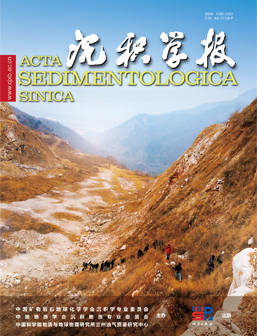Magnetic susceptibility and colorimetric measurements of surface soil in the western Qilian Mountains and their environmental significance
doi: 10.14027/j.issn.1000-0550.2024.034
- Received Date: 2024-01-02
- Available Online: 2024-05-16
-
Key words:
- Magnetic susceptibility /
- Chroma /
- Topsoil /
- Climate /
- Elevation /
- Western Qilian Mountains
Abstract: It is of great significance to study the variation mechanism of magnetic susceptibility and chroma of sediments in different environments for paleoclimate reconstruction. Based on the sampling and measurement of magnetic susceptibility and colorimetry of the surface soils in the western Qilian Mountains in northwest China, this contribution discussed the variations of magnetic susceptibility and colorimetry in terms of the precipitation, temperature and altitude, and established the functional relationship between magnetic susceptibility and colorimetry and climate factors and altitude. The results show that: (1) there is a nonlinear relationship between magnetic susceptibility and average annual temperature and precipitation, and there is a threshold value (~0℃, ~300mm), below which the magnetic susceptibility is inversely proportional, and vice versa; The magnetic susceptibility is negatively correlated with altitude in particularly at low altitude areas. (2) Chroma (brightness, redness, yellowness) has no obvious relationship with temperature and precipitation, and brightness has a significant negative correlation with altitude, and it is more sensitive in low altitude areas. (3) Compared with colorimetry, magnetic susceptibility can better reflect the climatic and elevation changes in the western Qilian Mountains. For altitude variation, the relationship between brightness and altitude is more significant at low altitude, followed by yellowness and magnetic susceptibility. The relationship between redness and brightness and altitude is more significant in high altitude area.
| Citation: | Magnetic susceptibility and colorimetric measurements of surface soil in the western Qilian Mountains and their environmental significance[J]. Acta Sedimentologica Sinica. doi: 10.14027/j.issn.1000-0550.2024.034 |






 DownLoad:
DownLoad: